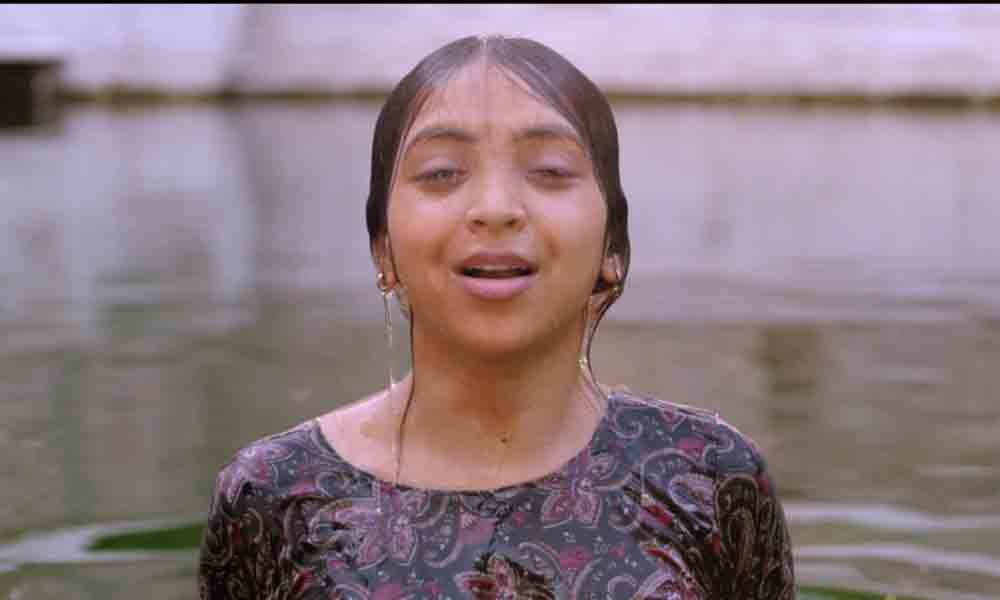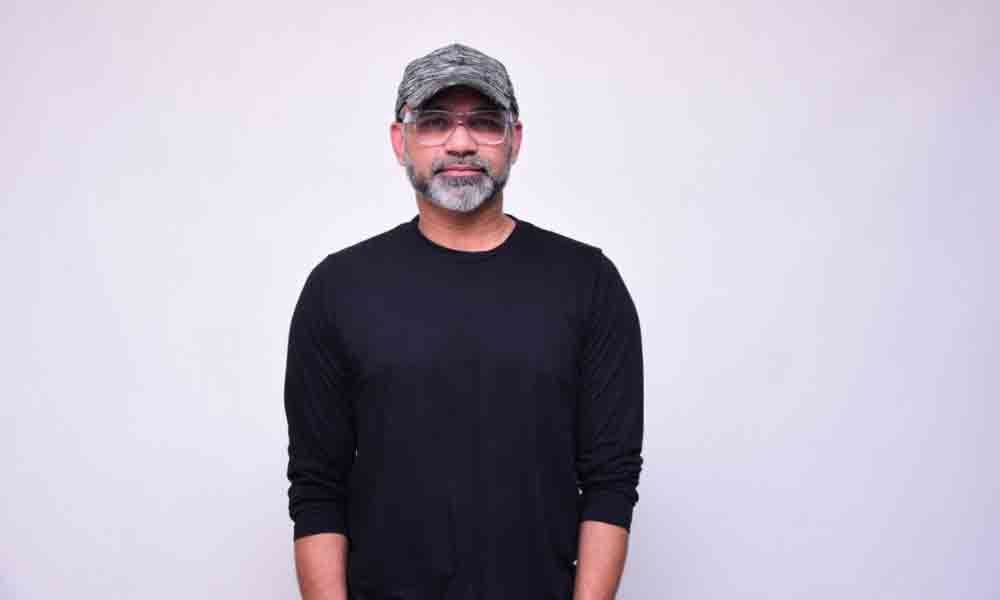Live
- Donate Blood, Save Lives: BJP Hosts Mega Blood Donation Camp in Aiza
- Azerbaijani Airliner Crashes Near Aktau, Kazakhstan: 32 Survive, Over 30 Feared Dead
- Union Minister Bandi Sanjay Kumar to Visit Jogulamba Gadwal District on December 27, 2024
- Gadwal Lawyers' United Protest: Opposition to District Court Relocation Gains Momentum
- Christmas Celebrations in Jogulamba Gadwal: A Festival of Unity, Charity, and Joy
- Lawyers Seek MP DK Aruna’s Intervention to Prevent District Court Relocation
- Israel, Hamas trade blame for delays in reaching Gaza ceasefire deal
- PM Modi, President Murmu extend Hanukkah greetings to Israeli counterparts
- Mohammad Abbas returns as Pakistan announce playing XI for Boxing Day Test vs South Africa
- Man Sets Himself on Fire Near Rail Bhawan in New Delhi, Investigation Ongoing
Just In
Showcasing stories of courage and freedom!

Director and writer Abhinay Deo, is known for pushing the boundaries of filmmaking. This time the filmmaker has taken a monumental moment from the pages of Indian cricket history and interlaced it with a coming-of-age story about a young girl in Jodhpur.
'Doosra' is set against the backdrop of India's win against England in 2002 Natwest series. It tells the story of India by blending a fictional narrative with real archival footage in a format never been used before anywhere in the world.
The trailer of the sports drama which has already garnered millions of views on YouTube shows how Deo has interwoven the story of a young girl with a real cricket match footage.
Deo shot on 35mm film to recreate the retro 90s feel for the fictional narrative. The archival footage, including match footage, news reports and several periods.
Excerpts from an interview:
What was the idea behind the concept of 'Doosra'?
Our concept about the film is that victory was a special one for us because attitude-wise also a lot of youth were watching the match. There were two-three reasons for it. First, it was an impossible match to win. India had to chase 325 runs and England was in top form. We were 148 for 5 and despite that, we went on to win the game. And the second thing is we won that match in Lords when England had scored one of the biggest scores ever and at that point of time it was a very difficult score to beat. The batsmen who came down the line ended up chasing the score and we won the match. And Sourav Ganguly did what he did – taking his t-shirt off after the emphatic victory; whoever was watching that, I think it made a very large impact; even if that impact was not meant by Ganguly to make. In my opinion, everybody started feeling that we are as good as Whites. Why do we ever have to be conscious or be inferior or harbour any inferiority complex? We are as good as them, in fact, we are better and that's what started in 2002. I am not taking away from any other victories that India had, however, this film is about what this victory and what kind of impact it made.
Why did you choose Docu-fiction format for the film?
The basic idea was while history was being made or when Ganguly did what he did, I wanted to show people how it actually affected. One thing is to say that it affected for sure; the second thing is we have the greatest medium, which is filmmaking, to show people how it affected. To actually have a physical manifestation of that idea and the effect of that match and that moment is where we brought in this fictional character. Through her story, struggle and her inspiration of what was happening with Saurav are how we are telling the story.
What kind of research went into it?
There is a tremendous amount of research plus there are some hidden gems, which are going to unravel when we see the film through the fictional character as well. The bottom line is that history has affected the then population and character of that country; the entire DNA of the country has been defined by history. We were also victims of a certain kind of history. We as a country were under the rule for the largest amount of time. Different kind of rulers reigned, which was close to 900 years. The French, Portuguese, Mughal, British, whoever it was we were the victim of that at some level and that has imbibed into our character and that character changed after the political independence of 1947. In 1991, it was economic independence, but the paradigm shift and the attitude of people changed in 2002 and that's our whole thesis is and that is exactly you will see through this girl and Ganguly in this film.
How challenging was it to handle a Docu-fiction?
Anytime we handle a new genre it challenges you as a director and that's the exact thing I want. I want challenges and as a director, I want to make better stuff with every new genre that I adapt. This particular genre (docu-fiction) is very challenging to me because you are handling two worlds – one which is fiction, where you can do pretty much what you want and the other one is where you can't do anything that you want because it is something straight out of history.
Why did you choose Jodhpur as the backdrop location?
I wanted to choose a central area. The idea was to make sure that we represented a small town, which could be anywhere in India. Not necessary to be in Jodhpur, etc. We chose a place which represented central India the best.
Tell us about the casting of the main protagonist?
I chose a non-star because I wanted the feel of reality predominantly rather than bringing in a known actor. I wanted to go closer to people feeling the angst of the girl, who is actually from that place.

© 2024 Hyderabad Media House Limited/The Hans India. All rights reserved. Powered by hocalwire.com








